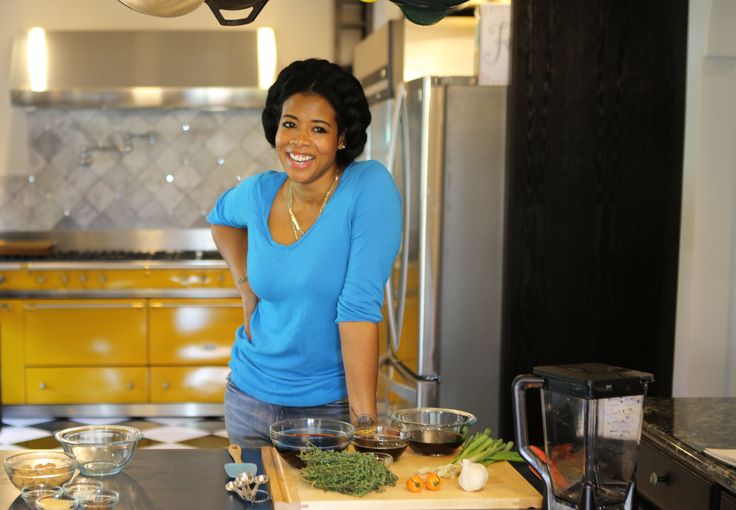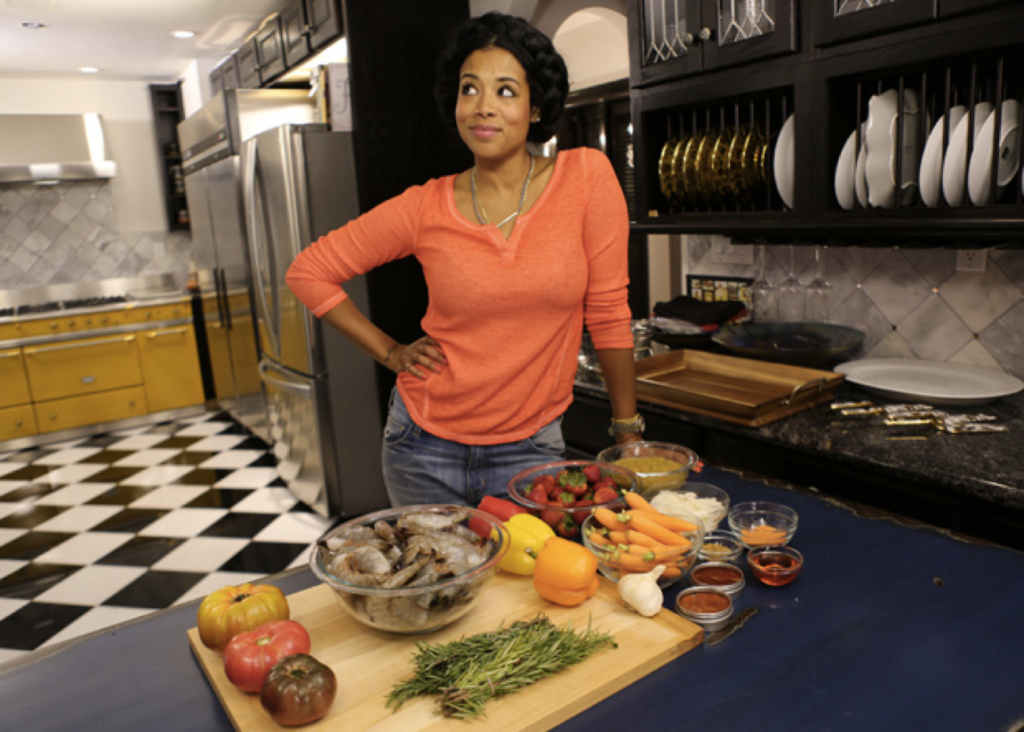
Singer and celebrity chef Kelis did like many celebrities have done after coming into a large amount of money: she bought a house. But instead of living and moving from one mansion to another mansion over the years, Kelis has sold her property to buy something far more valuable to her: a farm so she can grow her own food.
**UPDATE as of July 2019**
In 2019, Kelis became co-owner of Bounty Farms in Quindio, Colombia. The sustainable farm grows coffee, tomatoes, and other produce, and is expected to open to the public some time in 2021. “My goal with the farm is to regain control of how we eat and reconnect ourselves with the food we love,” she says.
----------- Original Article Below ----------
When she first purchased the property, in 2012, Kelis was attracted to the classic 1920s architecture and entertainment areas. “The architecture inside the house was amazing, and it had a very dramatic, old Hollywood feel," she remembers.
"The backyard was so glamorous, and really, for me, that felt great. It was so nice for entertaining, and I pictured all the things I could do back there.”
But now, the 40-year-old "Milkshake" singer told Architectural Digest in a recent interview that she plans to sell her mansion in Glendale, California, that she shares with husband and real estate agent, Mike Morato, and her sons, Knight, 8 (with Nas), and Shepherd, 2, to live on a farm.
“We’re buying a farm...so that we can grow everything and sustain everything that way.”
“Now that I’ve got these two boys, I want to control a little bit more how we eat,” she said.
She’s put their 3,850 square feet home on the market for $1.885 million. The property features five bedrooms, two fireplaces, a heated saltwater pool and, not one, but two kitchens (one inside and one outside).

There are also two kitchens with attractive fixtures and new amenities (one inside and one outside). The indoor kitchen has been enhanced with Italian marble and an oldwheel (which she sourced from the Rose Bowl Flea Market in Pasadena, California) that functions as a pot rack.
“We smoke meat, so we have a BBQ smoker. We can do great grilled vegetables and steaks and sit outside with a glass of wine. It’s so nice," she shares.
Kelis isn't the only Black woman who is going into farming. As a matter of fact, Black farmers are on the rise (yes)!
In 1920, the number of Black-operated farms peaked at nearly a million, accounting for 15 million acres of farmland—the size of New Hampshire, Massachusetts and New Jersey combined.
They made up 14 percent of the country’s......farmers.
The height of Black farming didn’t last. Faced with the economic and social barriers of the time and decades of racist and discriminatory policies, black farmers spent the next century in decline.
By 1982, their numbers were down to about 30,000—just 2 percent of the nation’s total. That same year, the U.S. Commission on Civil Rights predicted that no black farmers would remain by the year 2000.
But today, the number of black farmers in the United States is suddenly growing again. In 2012, there were more than 44,000 of them, up about 15 percent from 10 years earlier.
Nationally, they were still less than 2 percent of the country’s farmers, but their growth isnoteworthy after such an extensive decline. Oklahoma, Louisiana and Florida all show gains, while Texas takes the lead with a gain of more than 2,500 black farmers.
Way to go Kelis! It is reported that we can start ordering food from her farm in mid-2020!









